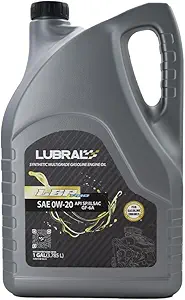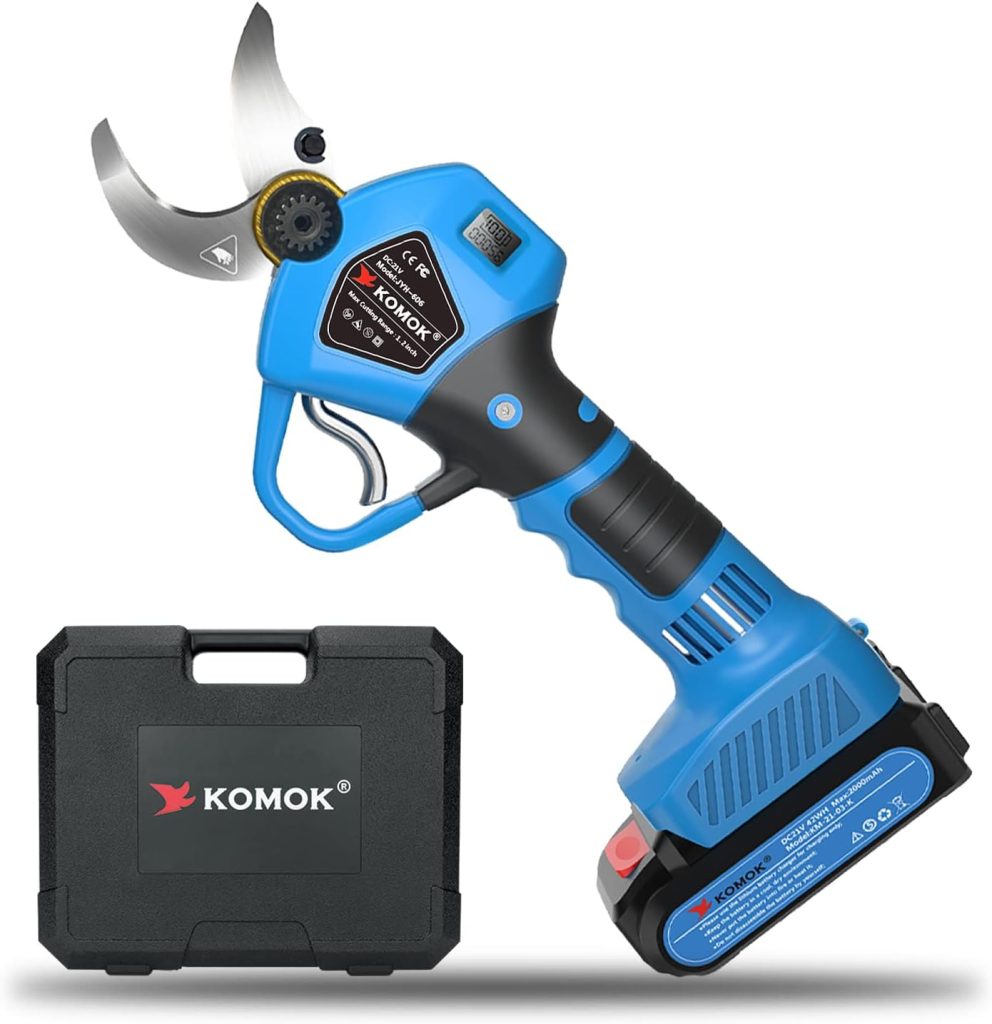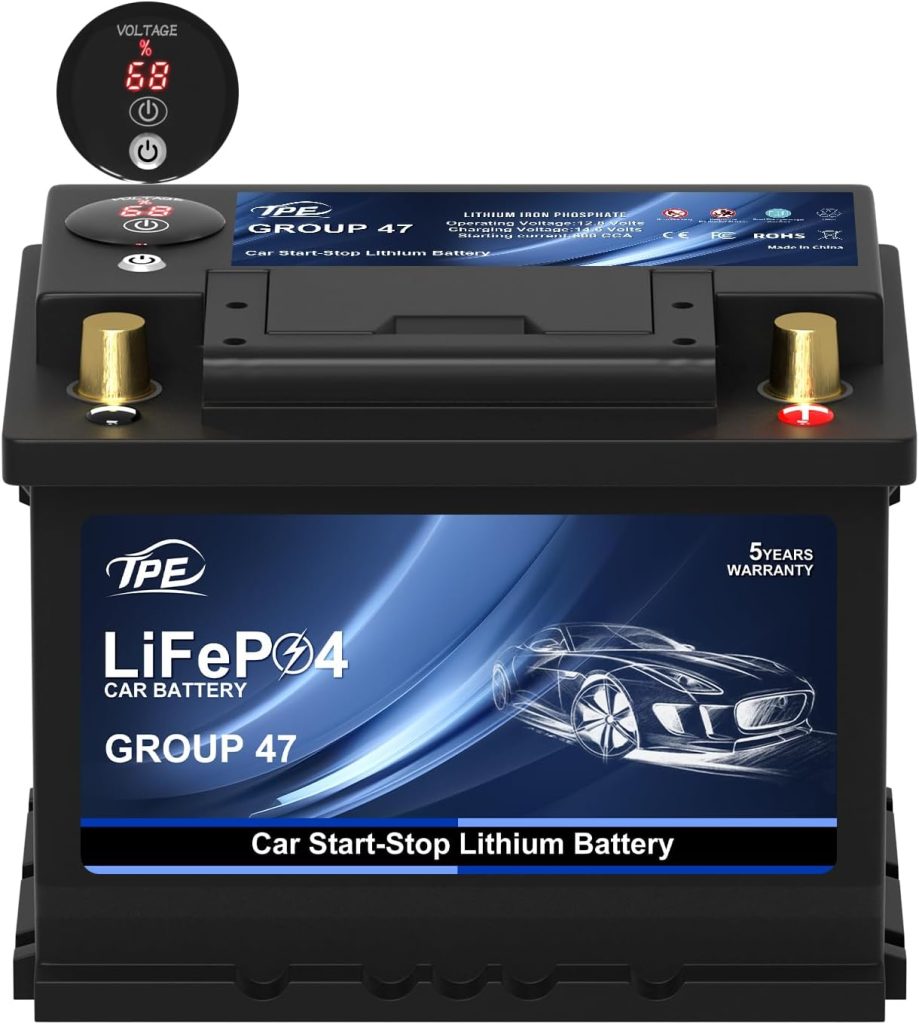As an Amazon Associate, I earn from qualifying purchases.
You notice a slight blue haze coming from your exhaust pipe, or maybe you’re topping off your oil more frequently than usual. These could be early warning signs that your car is burning oil—a problem that affects millions of drivers and can lead to serious engine damage if ignored.
Oil burning occurs when engine oil enters the combustion chamber and gets burned along with the fuel-air mixture. While a small amount of oil consumption is normal in any engine, excessive burning can signal underlying mechanical issues that require immediate attention.
Understanding why your car burns oil, recognizing the warning signs, and knowing how to address the problem can save you thousands of dollars in engine repairs. This guide will walk you through everything you need to know about diagnosing and fixing oil burning issues in your vehicle.

Why It’s Important to Address a Car Burning Oil
Contents
Ignoring oil burning in your car isn’t just about avoiding the inconvenience of frequent oil changes. The consequences of letting this problem persist can be severe and costly.
Engine Wear and Damage
When your engine burns oil, it’s operating with insufficient lubrication. Oil serves as a protective barrier between metal components, reducing friction and preventing wear. Without adequate oil levels, engine parts grind against each other, leading to premature wear of pistons, cylinders, and other critical components. This accelerated wear can result in catastrophic engine failure.
Decreased Fuel Efficiency
Oil burning affects your engine’s ability to maintain proper compression ratios. When oil enters the combustion chamber, it alters the fuel mixture and reduces combustion efficiency. This means your engine works harder to produce the same amount of power, consuming more fuel in the process. Many drivers notice a significant drop in miles per gallon when their car starts burning oil.
Increased Emissions and Environmental Impact
Burning oil produces harmful emissions that contribute to air pollution. Your car may fail emissions testing, preventing you from registering your vehicle in many states. Additionally, the blue smoke produced by burning oil contains toxic compounds that are harmful to both human health and the environment.
Potential Safety Hazards
Oil burning can create safety risks on the road. Blue smoke from your exhaust can obscure vision for drivers behind you, creating dangerous driving conditions. In severe cases, oil burning can lead to engine seizure, leaving you stranded and potentially causing accidents.
How to Tell If Your Car Is Burning Oil (Step-by-Step)
Detecting oil burning early gives you the best chance of addressing the problem before it causes major damage. Follow these steps to diagnose whether your car is burning oil:
Check for Blue Smoke from the Exhaust
Start your car and observe the exhaust pipe during startup and while driving. Blue or gray smoke, especially during acceleration or when the engine is under load, typically indicates oil burning. The smoke may be more noticeable during cold starts when seals are contracted and allow more oil to pass through.
Monitor Oil Levels Regularly
Check your oil level using the dipstick at least once a month. If you notice the oil level dropping significantly between oil changes (more than a quart every 1,000 miles), your engine may be burning oil. Keep a log of oil consumption to track the rate of loss.
Look for Oil Smell Inside the Cabin
A strong oil smell inside your car, especially when the heater or air conditioning is running, can indicate oil burning. This happens when oil vapors enter the ventilation system through worn seals or gaskets.
Check for Oil Spots Under the Car
While oil burning and oil leaking are different issues, it’s important to rule out external leaks. Park your car on a clean surface overnight and check for oil spots in the morning. If you find spots, you may have a leak rather than a burning issue, though both problems can occur simultaneously.
Observe Poor Engine Performance
Oil burning can cause rough idling, reduced power, and poor acceleration. If your engine seems sluggish or runs roughly, especially combined with other symptoms, oil burning could be the culprit.
Common Reasons Why Your Car Is Burning Oil
Understanding the root causes of oil burning helps you determine the appropriate fix and prevent future occurrences. Here are the most common reasons why cars burn oil:
Worn Valve Seals
Valve seals prevent oil from entering the combustion chamber through the intake and exhaust valves. Over time, these rubber seals deteriorate due to heat and age, allowing oil to seep past them. Worn valve seals typically cause oil burning during startup and deceleration when vacuum pressure pulls oil past the damaged seals.
Damaged Piston Rings
Piston rings create a seal between the piston and cylinder wall, preventing oil from entering the combustion chamber. When rings wear out or break, oil can pass by them and burn during combustion. This type of oil burning often occurs under acceleration and load conditions and is more common in high-mileage vehicles.
PCV (Positive Crankcase Ventilation) Valve Issues
The PCV valve regulates pressure in the crankcase and prevents oil vapors from escaping into the atmosphere. A faulty PCV valve can create excessive pressure in the crankcase, forcing oil past seals and into the combustion chamber. PCV valve problems are often the easiest and least expensive oil burning issues to fix.
Cylinder Wall Wear
Excessive wear on cylinder walls can prevent piston rings from sealing properly, allowing oil to enter the combustion chamber. This typically occurs in high-mileage engines or vehicles that have experienced poor maintenance. Cylinder wall wear often requires extensive engine work to repair.
Using the Wrong Type of Oil
Using oil that’s too thin for your engine’s tolerances can lead to increased oil consumption. As engines age, internal clearances increase, and switching to a higher viscosity oil or high-mileage formula can help reduce oil burning. Conversely, using oil that’s too thick can cause poor circulation and increased wear.
How to Fix a Car That’s Burning Oil
The solution for oil burning depends on the underlying cause and severity of the problem. Here are the most common repair approaches:
Replacing Valve Seals or Piston Rings
For worn valve seals or damaged piston rings, replacement is typically necessary. Valve seal replacement is less invasive and costs between $500-$1,500, while piston ring replacement requires engine disassembly and ranges from $1,500-$4,000. These repairs should be performed by qualified mechanics due to their complexity.
Fixing or Replacing the PCV Valve
PCV valve replacement is one of the simplest and most cost-effective solutions for oil burning. Most PCV valves cost under $20 and can be replaced in minutes. If the valve is functioning but clogged, cleaning it may restore proper operation. This should be your first step when diagnosing oil burning issues.
Switching to High-Mileage or Thicker Oil
For minor oil burning in high-mileage vehicles, switching to a high-mileage oil formula can help. These oils contain seal conditioners that can restore elasticity to aged seals and reduce oil consumption. Alternatively, moving to a slightly thicker viscosity oil may help reduce burning without requiring mechanical repairs.
Engine Rebuild or Replacement
In severe cases where multiple components are worn, an engine rebuild or replacement may be necessary. Engine rebuilds typically cost $3,000-$6,000, while replacement engines range from $4,000-$8,000 including labor. This option is usually only cost-effective for valuable vehicles or when other major repairs are needed.
Routine Maintenance to Prevent Recurrence
Regular oil changes, using quality filters, and maintaining proper oil levels can prevent many oil burning issues. Replace your PCV valve every 30,000-50,000 miles as preventive maintenance. Keep detailed maintenance records to track oil consumption and catch problems early.
Taking Action Against Oil Burning
Oil burning is a serious issue that requires prompt attention to prevent costly engine damage. By understanding the signs, causes, and solutions, you can make informed decisions about repairs and maintenance.
Start with simple diagnostic steps like checking your PCV valve and monitoring oil consumption. If the problem persists, consult a qualified mechanic for a thorough inspection. Remember that catching oil burning early almost always results in less expensive repairs than waiting until the problem worsens.
Regular maintenance remains your best defense against oil burning issues. Stay on top of oil changes, use quality products appropriate for your vehicle, and address minor issues before they become major problems.
Frequently Asked Questions
Is it normal for older cars to burn oil?
Some oil consumption is normal, especially in high-mileage vehicles. Most manufacturers consider up to one quart per 1,000 miles acceptable, though newer engines should consume much less. If your older car burns more than this amount, investigation is warranted.
How much oil burning is too much?
Generally, consuming more than one quart of oil every 1,000 miles indicates a problem requiring attention. For newer vehicles, any noticeable oil consumption between changes should be investigated.
Can I fix oil burning without replacing engine parts?
Minor oil burning can sometimes be addressed with high-mileage oil, PCV valve replacement, or seal conditioner additives. However, significant burning usually requires mechanical repairs to worn components.
Will thicker oil stop my car from burning oil?
Thicker oil may reduce minor burning by better sealing worn components, but it’s not a permanent solution for serious mechanical problems. Consult your owner’s manual before changing oil viscosity.
How do I know if it’s leaking oil or burning it?
Oil leaks leave spots under your parked car, while burning oil produces blue smoke from the exhaust. Leaking oil typically doesn’t affect exhaust emissions, whereas burning oil creates visible smoke and strong odors.
As an Amazon Associate, I earn from qualifying purchases.


